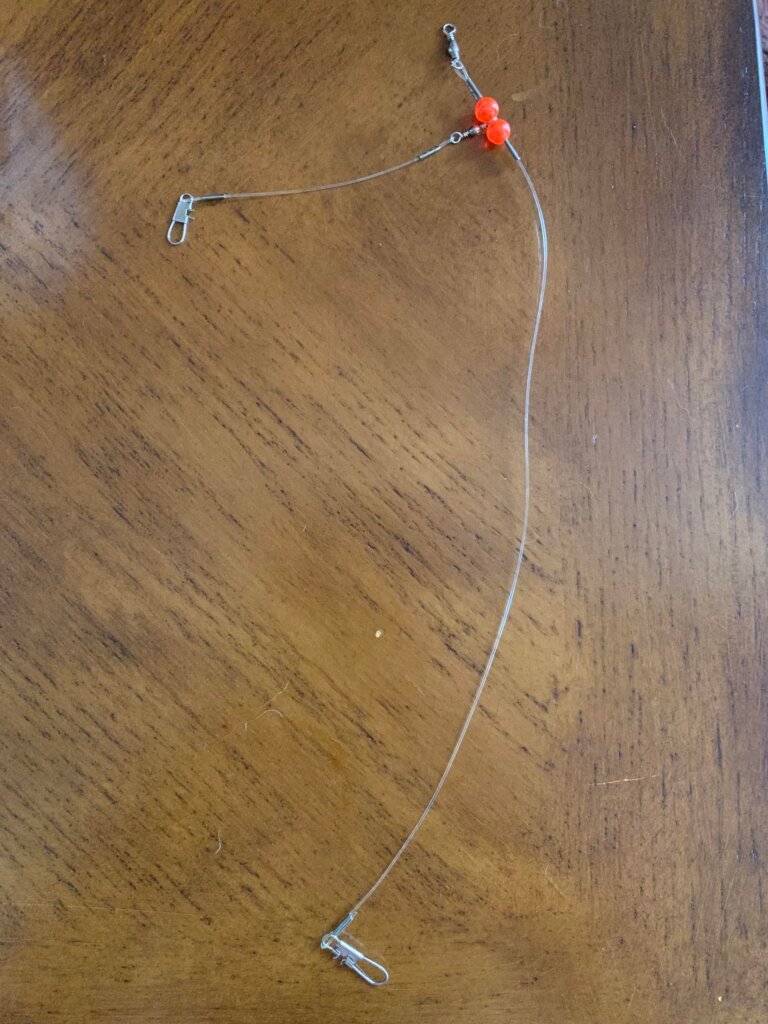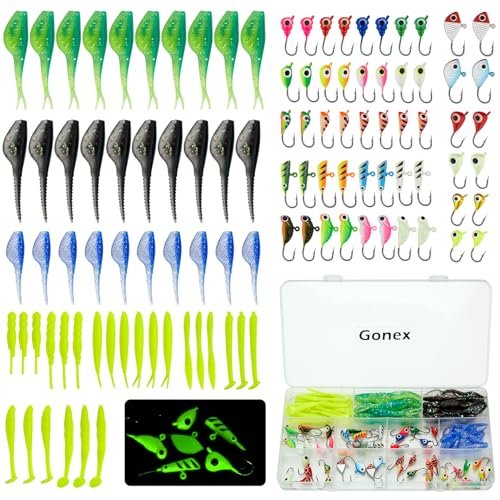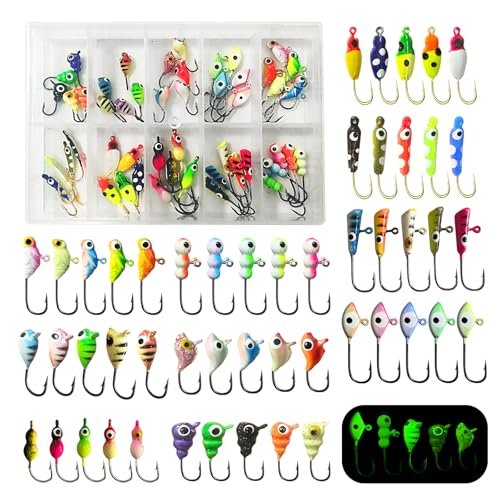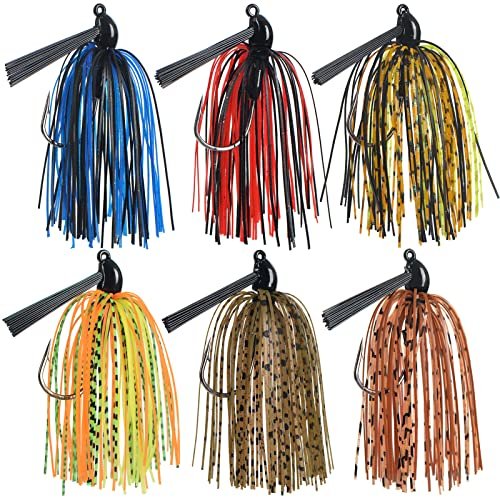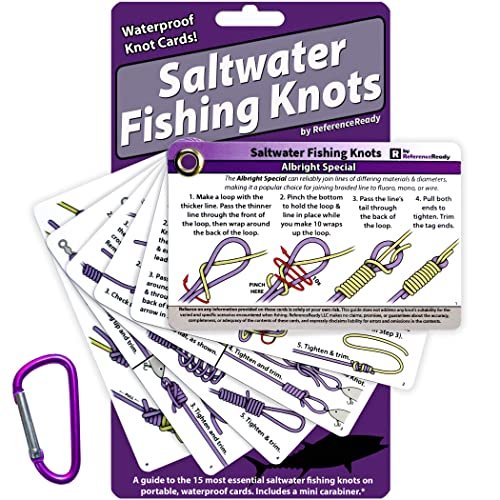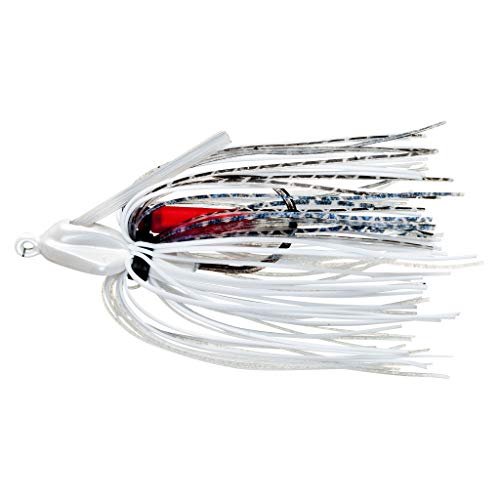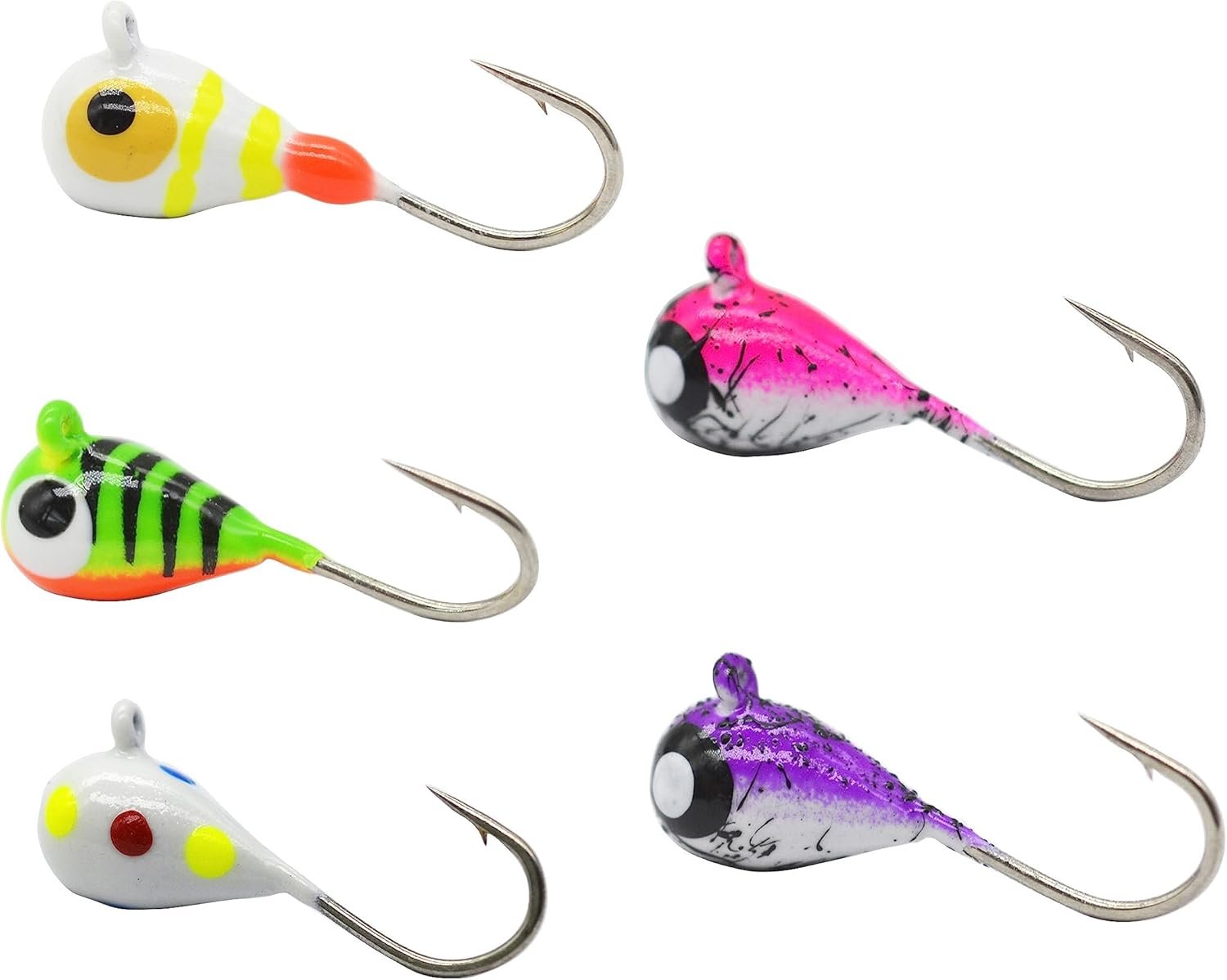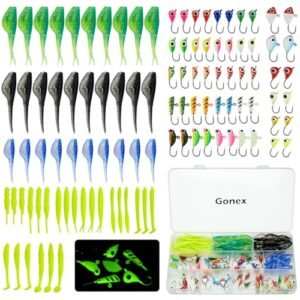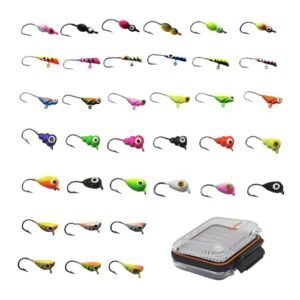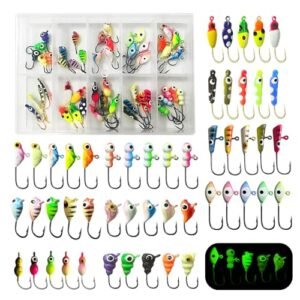Fishing is a popular recreational activity enjoyed by millions worldwide. Success in fishing often depends on having the right gear and knowing how to use it. One of the first skills any angler must master is attaching a hook to a fishing line.
This step is crucial for securing the bait and ensuring a successful catch. Various knots can be used, but the key is to make sure the hook is firmly attached. Properly tying a hook can make the difference between a good day on the water and going home empty-handed.
Introduction To Fishing Essentials
Fishing is a fun and relaxing activity. Many people enjoy it. The hook is a key item in fishing. It catches the fish. Without a hook, fishing would be hard. Hooks come in many sizes and shapes. Choosing the right hook is important.
The Role Of Hooks In Fishing
Hooks catch fish by piercing their mouth. They are attached to the fishing line. The hook must be strong and sharp. A dull hook will not catch fish. Barbed hooks hold the fish better. Barbless hooks are easier to remove. Each type of hook has its own use. Picking the right hook is key.
Types Of Fishing Lines
Fishing lines come in many types. Monofilament is a common type. It is stretchy and clear. Braided lines are strong and thin. They do not stretch. Fluorocarbon lines are nearly invisible in water. Each type of line has its own pros and cons. Choosing the right line helps in catching fish.

Essential Tools For Attaching Hooks
Attaching a hook to a fishing line requires essential tools like pliers, knot-tying devices, and fishing line cutters. These tools ensure a secure and efficient setup for a successful fishing experience.
Fishing Pliers
Fishing pliers help you hold the hook firmly. They make it easy to tie knots. Pliers also help remove hooks from fish. Always keep them handy in your tackle box.
Line Cutters
Line cutters are vital for cutting the fishing line. Sharp cutters ensure a clean cut. This helps you tie knots easily. You can use scissors or special fishing line cutters. Keep them sharp for best results.
Choosing The Right Hook
Hook sizes and shapes vary. A small hook is good for tiny fish. A large hook is good for big fish. Shapes also matter. Circle hooks catch fish gently. J-hooks are more aggressive. Choose the right hook for your needs.
Different fish need different hooks. Bass fish need strong hooks. Trout fish need smaller hooks. Catfish need very sturdy hooks. Matching the hook to the fish helps in catching them easily.
Preparing The Fishing Line
Always ensure your fishing line is the right length. Use sharp scissors to cut it. Measure the fishing line carefully before cutting. This prevents waste and ensures accuracy. A good length is about 6 feet. This is usually enough for most fishing needs.
Line memory can make fishing difficult. Soaking the line in warm water helps. Keep it there for 10-15 minutes. This makes the line more flexible. Stretch the line gently with your hands. This removes any kinks or coils. Now your line is ready for the hook.
Knot Tying Techniques
The Improved Clinch Knot is a popular knot. It is easy to tie and very strong. First, thread the line through the hook eye. Twist the line five times. Pass the end of the line through the small loop near the hook eye. Then, pass it through the big loop. Pull the tag end to tighten the knot. Make sure the coils are neat and tight.
The Palomar Knot is another strong and simple knot. Double about six inches of line and pass it through the hook eye. Tie a loose overhand knot with the doubled line. Pass the hook through the loop. Pull on both ends of the line to tighten. Trim the excess line.
The Uni Knot is versatile and reliable. Pass the line through the hook eye. Double back parallel to the standing line. Make a loop by laying the tag end over the doubled line. Wrap the tag end around the double line and through the loop five times. Moisten the knot and pull the tag end to tighten. Slide the knot down to the hook eye. Trim the tag end.
Attaching The Hook To The Line
Hold the fishing line in one hand. Take the hook with the other hand. Thread the line through the hook eye. Pull the line until there are a few inches left. Make sure the line is straight.
Wrap the line around the hook several times. This creates loops. Pass the end of the line through the loops. Tighten the knot by pulling both ends. Check the knot to ensure it is secure. Trim any extra line with scissors.
Testing The Hook Attachment
Securing a hook to a fishing line involves threading the line through the hook eye and tying a strong knot. Ensuring the knot is tight prevents the hook from slipping during use. Proper attachment is crucial for successful fishing trips.
Tug Test For Security
Performing a tug test ensures the hook is secure. Hold the fishing line with one hand. Gently pull the hook with the other hand. The hook should not slip or move. This test checks the knot’s strength. Repeat this test a few times. A strong knot guarantees the hook stays attached.
Ensuring Hook Movement
Check if the hook moves freely. A freely moving hook is crucial for fishing. Hold the line and swing the hook gently. The hook should move without resistance. If the hook is stuck, re-tie it. Free movement helps attract fish. Always ensure the hook swings easily.
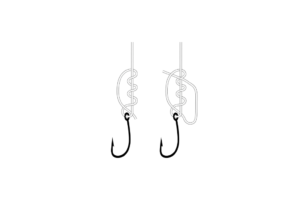
Troubleshooting Common Issues
Slippage happens when the knot is not tight. Wet the knot before tightening. Pull the line firmly to secure the knot. Trim excess line to avoid tangles. Use a reliable knot like the Palomar knot. This knot works well for many fish types. Practice makes perfect. Keep trying until you master it.
Knot failure can be frustrating. Use the right knot for your line type. Monofilament lines need different knots than braided lines. Always wet the knot before pulling it tight. Double-check the knot for any weak spots. Trim the ends to prevent snagging. Practice tying knots at home. This way, you won’t struggle on the water.
Advanced Tips For Professionals
A Snell Knot gives a strong bond. It keeps the hook in place. First, pass the line through the hook’s eye. Wrap the line around the hook’s shank. Do this about seven times. Pull the line tight. This makes the knot secure. Cut off any extra line. Now your hook won’t slip.
Different fishing techniques need different knots. For fly fishing, use a Loop Knot. It lets the fly move freely. For deep-sea fishing, use a Palomar Knot. It holds well under heavy loads. For ice fishing, try the Improved Clinch Knot. It works well in cold water. Each knot has its own use. Choose the best one for your needs.

Maintaining Your Gear
Always check the hooks and lines before and after fishing. Look for any signs of rust or damage on the hooks. Check the lines for any frays or weak spots. Replace any damaged gear immediately to avoid losing a catch. Keeping a regular inspection schedule helps in maintaining the quality of your fishing equipment.
Store your fishing gear in a dry and cool place. Moisture can cause rust on hooks and weaken fishing lines. Use protective cases for storing hooks to avoid accidental injuries. Keep the fishing lines wound neatly on a spool to prevent tangles. Regularly clean and dry your gear after each fishing trip. Proper storage extends the life of your fishing equipment.
Frequently Asked Questions
What Is Using A Hook Attached To A Line To Catch Fish Called?
Using a hook attached to a line to catch fish is called angling. Angling is a popular fishing method.
How To Attach Hook Link To Main Line?
Tie a strong knot, like the Palomar knot, to attach the hook link to the main line. Ensure it’s secure.
How Do You Attach A Fishing Rig To A Line?
To attach a fishing rig to a line, tie a strong knot like the Palomar or Improved Clinch. Ensure it’s secure.
How To Tie A Hook To A Leader?
To tie a hook to a leader, use the improved clinch knot. Thread the leader through the hook eye. Twist the tag end around the standing line five times. Pass the tag end through the loop near the hook eye.
Tighten by pulling both ends. Trim excess line.
Conclusion
Mastering how to attach a hook to a fishing line can boost your fishing success. Follow these simple steps to ensure a secure connection. Practice makes perfect, so keep refining your technique. With time, you’ll become more confident and efficient.
Happy fishing!
